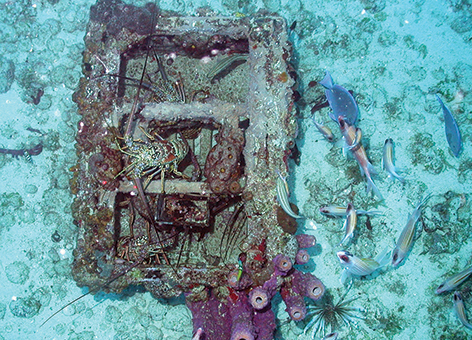NOAA's Marine Debris Program Reports on the National Issue of Derelict Fishing Traps
Thousands of fishing traps are lost or abandoned each year in U.S. waters and become what are known as derelict traps, and result in losses to habitat, fisheries, and watermen who depend on these resources.
These losses are largely preventable, according to a new study released by the NOAA Marine Debris Program.
Authors synthesized studies, reports, and ancillary information from seven trap fisheries around the United States to compare the severity of the problem and common management challenges across regions.
Researchers concluded that derelict traps have a cumulative, measurable impact which should be considered in fishery management decisions; identified several key gaps in research; and suggested a management strategy that emphasizes a collaborative approach.
For more information, please contact Courtney.Arthur@noaa.gov or Ariana.Sutton-Grier@noaa.gov.
Go back to OR&R Weekly Report.

